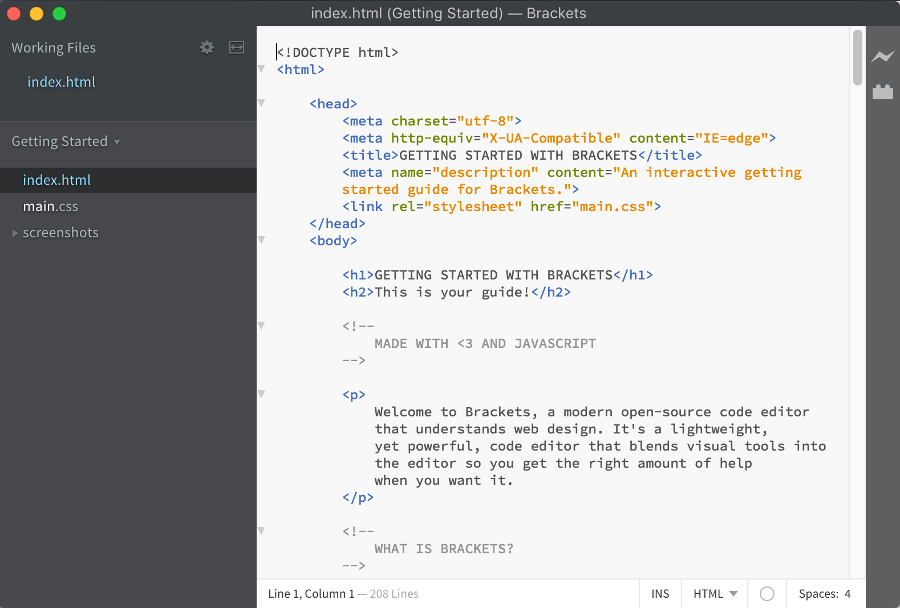
The result will now be 64 since we have 34 Samsung Galaxy S7, 16 Samsung Galaxy S10, and 14 Samsung Galaxy S20 phones. The result will once again be 34 since this is how many Samsung Galaxy S7 mobile phones we have.īut if we use the asterisk (‘*’), the formula will look for mobile phone models that have any number of character after the letter ‘S’ (which are S7, S10, and S20). But which one? If we use the question mark (‘?’), the formula will look only for mobile phone models that have one character after the letter ‘S’ (which is only S7). As said before, we will use one of the wildcard characters for this. Let’s now see how many Samsung Galaxy S mobile phones we have. There are 34 Samsung Galaxy S7 mobile phones in the store and in the warehouse. We will use the following formula =SUMIF(C2:C9,”S7″,E2:E9), where SUMIF() is our formula, C2:C9 is the range which is tested against the criterion, “S7” is the criterion, and E2:29 is the range to be summed. Let’s first take a look at how many Samsung Galaxy S7 mobile phones we have. To know the quantity of each mobile phone model, we will need column C (with the model) and column E (with the quantity).
#Brackets text editor wildcard in search how to
Let’s take a look at the real example where we will show you how to use wildcard characters in Google Sheets functions.Ī Real Example of Using Wildcard Characters in Google Sheets Functions

Do you know which wildcard character you should use? We should use the asterisk (‘*’). You will do this by using a wildcard character in your criterion. But now you need to know how many of all of the Samsung Galaxy S mobile phone models you have. You can use ‘S20’ as your criterion if you need to know how many of Samsung Galaxy S20 mobile phones you have in the store and in the warehouse. In our example, your criterion can be the model of the mobile phone. Each cell in the range will then be checked against the criterion for equality (or match, if you used wildcards when entering the criterion). When writing the SUMIF function, you will have to enter the criterion (the pattern or test to apply to the range). For this, we can use the SUM or SUMIF function. Say you own a store that sells mobile phones and have a list of all the mobile phones in the store and in the warehouse 📱Īnd now you need to know how many of each mobile phone you have. So, if you write ‘~*’ or ‘~?’, the * and ? are normal characters, and not wildcard characters. It is used to tell the Google Sheets functions that * or ? are normal characters (since sometimes you may have them in your text).

Those are ‘?’ (question mark), ‘*’ (asterisk), and ‘~’ (tilde). There are three wildcard characters you can use with certain Google Sheets functions. How to Use Wildcard Characters in Google Sheets Functions.A Real Example of Using Wildcard Characters in Google Sheets Functions.


 0 kommentar(er)
0 kommentar(er)
